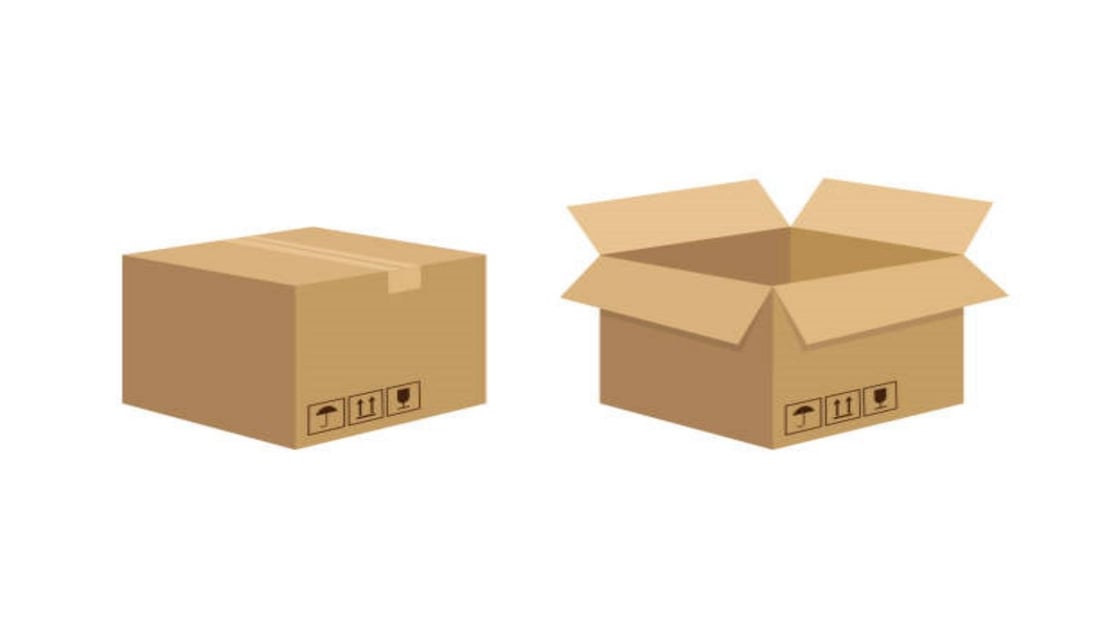The Versatile Corrugated Box: A Packaging Essential
Introduction: When it comes to packaging solutions, the corrugated box is a ubiquitous choice across industries. Its durability, versatility, and cost-effectiveness make it an ideal option for shipping, storage, and even creative DIY projects. In this article, we will explore the various aspects of a corrugated box, including its construction, uses, benefits, and environmental impact.
1. Understanding the Construction of a Corrugated Box
Corrugated boxes are made from a combination of three layers: an inside liner, an outside liner, and a fluted medium that is sandwiched between the two liners. The fluted medium consists of a series of parallel ridges and valleys, providing strength and rigidity to the box. The liners, typically made from Kraft paper, serve as protective layers and contribute to the overall durability of the box.
2. The Versatility of Corrugated Boxes
Corrugated boxes come in various shapes and sizes, allowing them to accommodate a wide range of products. They can be customized with different printing techniques, such as flexography or lithography, to display branding, product information, or handling instructions. Additionally, these boxes can be further modified with inserts, dividers, or compartments to secure and protect fragile items during transportation.
3. Common Uses of Corrugated Boxes
Corrugated boxes are used extensively in the packaging industry for shipping, storage, and retail purposes. They are commonly employed for transporting goods across long distances, ensuring the safe delivery of products to end consumers. Corrugated boxes are also widely utilized by e-commerce businesses, food and beverage manufacturers, and retail stores for displaying and storing their products.
4. Benefits of Using Corrugated Boxes
Corrugated boxes offer numerous advantages over other packaging materials:
- Strength and Durability: The fluted structure of corrugated boxes provides excellent strength and rigidity, making them capable of withstanding external pressures during handling and transportation.
- Lightweight: Despite their strength, corrugated boxes are lightweight, reducing shipping costs and making them easier to handle.
- Cost-Effective: Corrugated boxes are affordable compared to alternative packaging materials, making them a cost-effective choice for businesses.
- Recyclable and Sustainable: Most corrugated boxes are made from recycled materials and can be easily recycled again after use, contributing to environmental sustainability.
5. The Environmental Impact of Corrugated Boxes
Corrugated boxes are considered an eco-friendly packaging solution due to their recyclability and use of sustainable materials. The majority of corrugated boxes are made from recycled paper, reducing the demand for virgin materials. Additionally, the recycling process for corrugated boxes requires less energy and generates fewer greenhouse gas emissions compared to other packaging materials.
6. Innovations in Corrugated Box Design
The corrugated box industry is constantly evolving to meet the changing needs of businesses and consumers. Companies are investing in research and development to create innovative box designs that enhance functionality, reduce waste, and improve sustainability. These advancements include features like easy-open tear strips, tamper-evident closures, and designs that optimize space utilization during shipping and storage.
7. How to Choose the Right Corrugated Box
Choosing the right corrugated box involves considering several factors, including:
- Product Size and Weight: Select a box that can comfortably accommodate and protect the dimensions and weight of your product.
- Shipping Requirements: Determine the level of protection needed during transit and choose a box with the appropriate strength and cushioning.
- Environmental Considerations: Opt for boxes made from recycled materials and ensure they are easily recyclable after use.
- Cost-Effectiveness: Balance the quality and cost of the box to ensure it fits within your budget without compromising on protection.
8. Proper Handling and Recycling of Corrugated Boxes
To maximize the lifespan and environmental benefits of corrugated boxes, proper handling and recycling practices should be followed:
- Handling: Store boxes in a dry area to prevent damage from moisture. Avoid overloading boxes beyond their weight-bearing capacity to prevent structural failure.
- Recycling: Flatten used boxes before recycling to save space. Remove any non-paper components, such as tape or labels, as they may hinder the recycling process.
9. DIY Projects Using Corrugated Boxes
Corrugated boxes are not limited to packaging and shipping alone. They can also be repurposed for various creative DIY projects, such as:
- Furniture: Construct shelves, desks, or storage containers using corrugated boxes.
- Organizers: Create drawer dividers, magazine holders, or shoe racks to keep your space tidy.
- Children's Crafts: Use corrugated boxes for making masks, costumes, or cardboard playhouses.
10. The Future of Corrugated Boxes
As the global packaging industry continues to evolve, corrugated boxes are expected to remain a popular choice for businesses and consumers alike. Ongoing advancements in technology and sustainability practices will further enhance the strength, versatility, and eco-friendliness of corrugated boxes, making them an essential component of modern packaging solutions.

